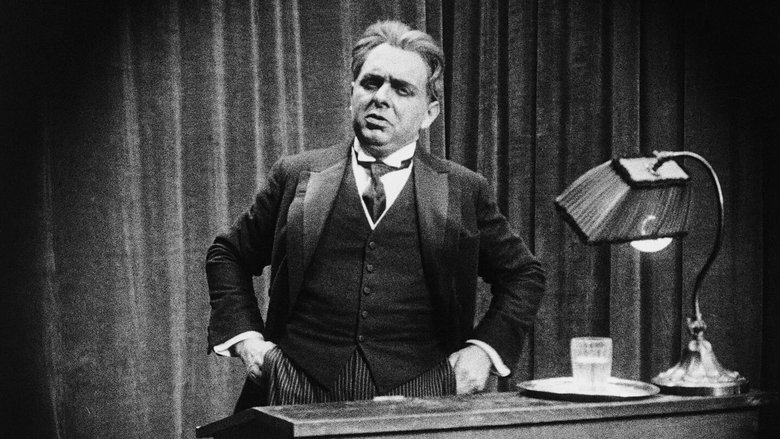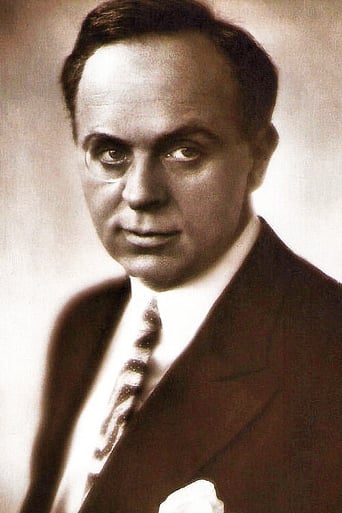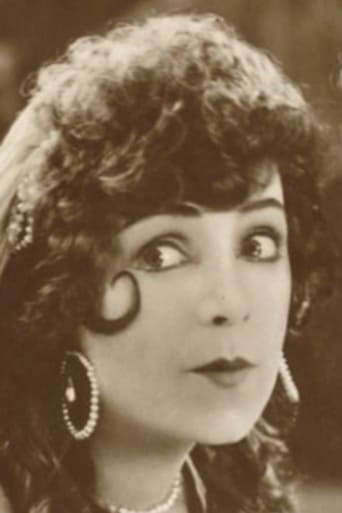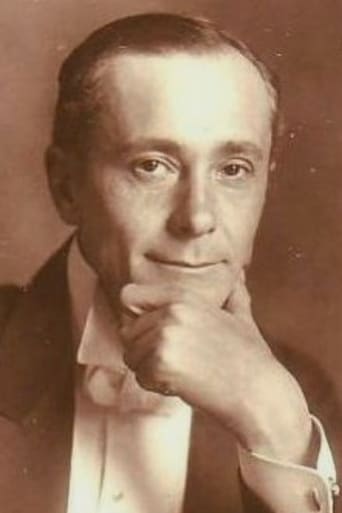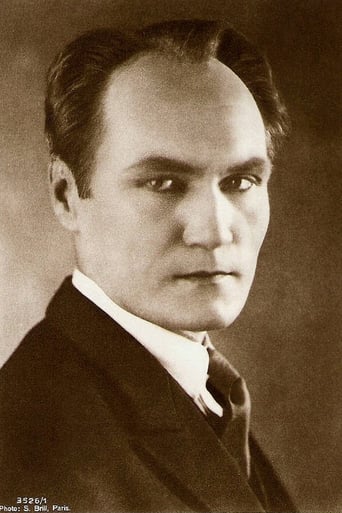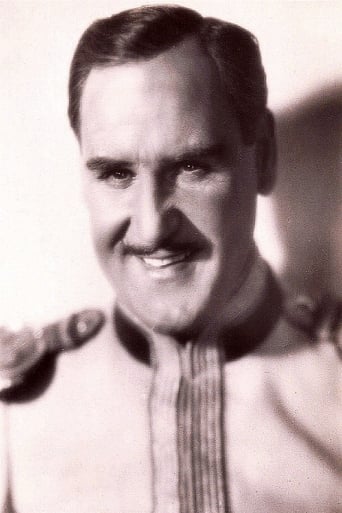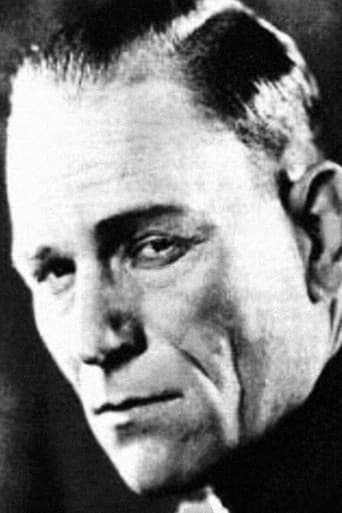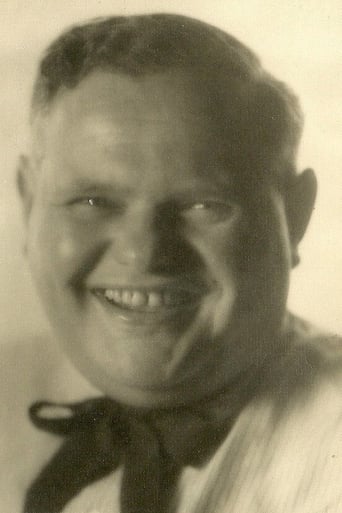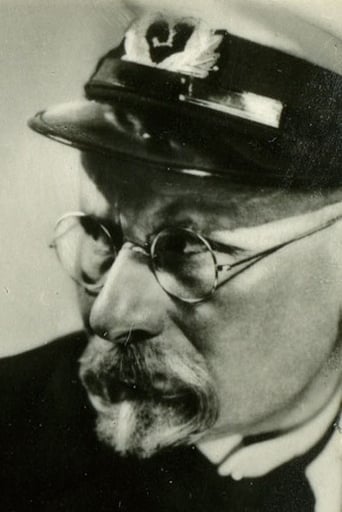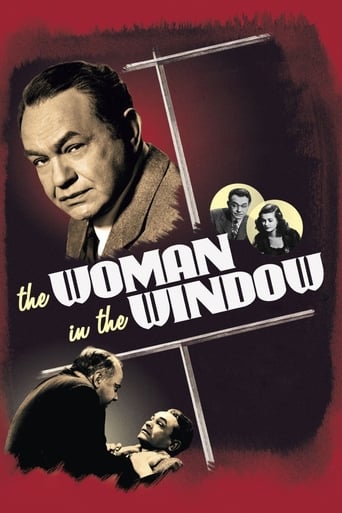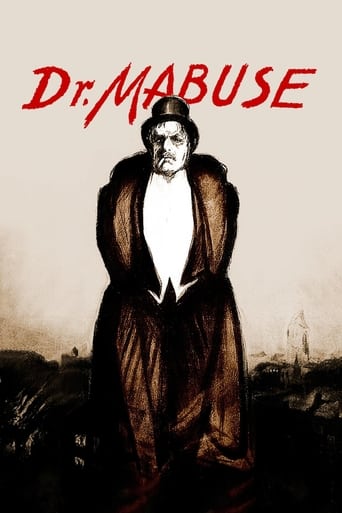
Dr. Mabuse and his organization of criminals are in the process of completing their latest scheme, a theft of information that will allow Mabuse to make huge profits on the stock exchange. Afterwards, Mabuse disguises himself and attends the Folies Bergères show, where Cara Carozza, the main attraction of the show, passes him information on Mabuse's next intended victim, the young millionaire Edgar Hull. Mabuse then uses psychic manipulation to lure Hull into a card game where he loses heavily. When Police Commissioner von Wenk begins an investigation of this mysterious crime spree, he has little to go on, and he needs to find someone who can help him.
Similar titles
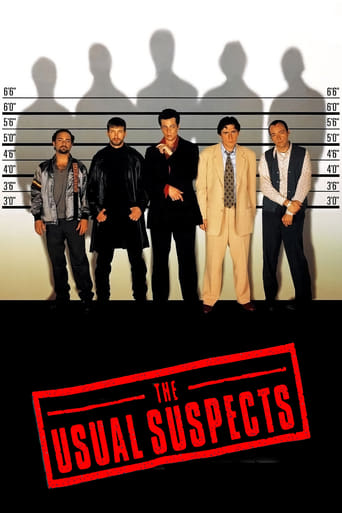
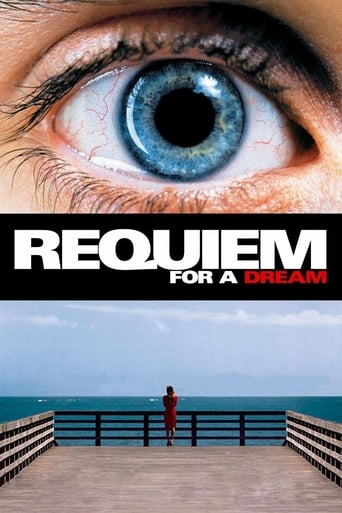

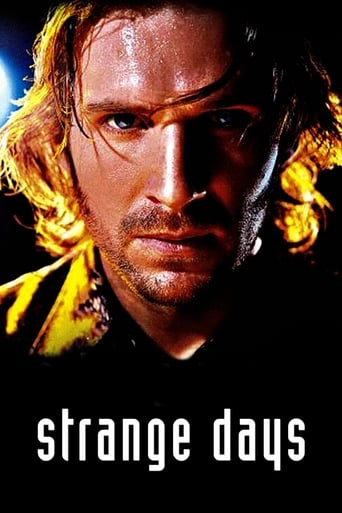

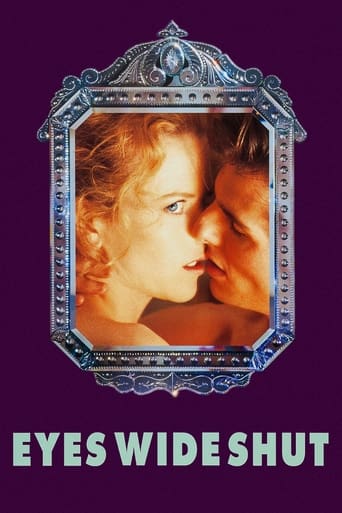
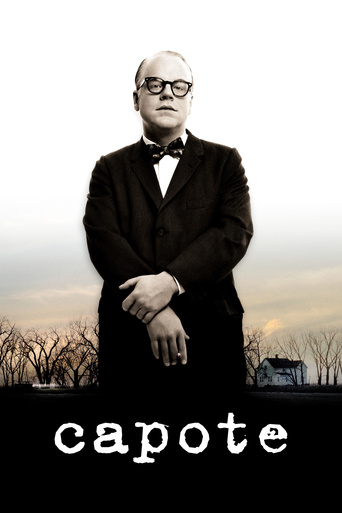
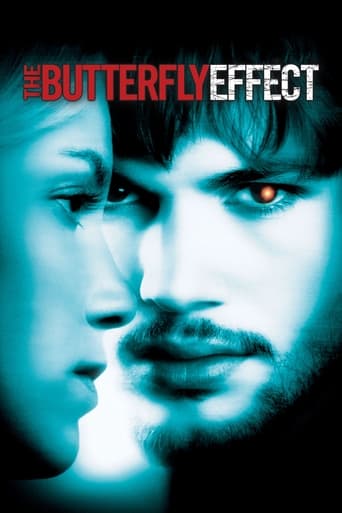
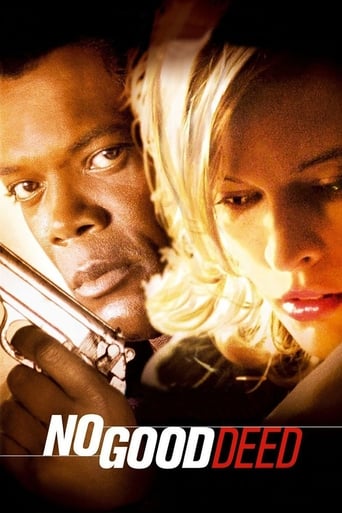

You May Also Like

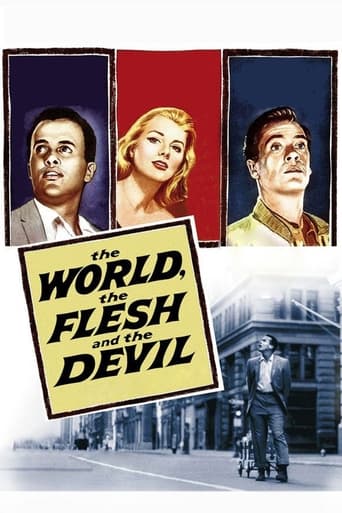
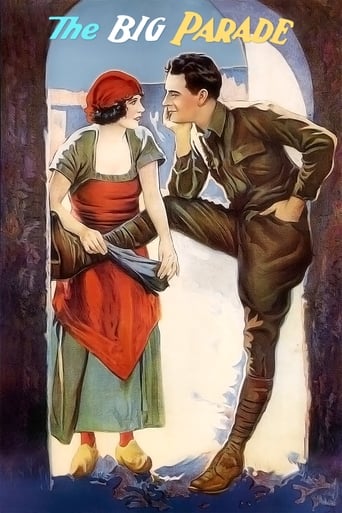


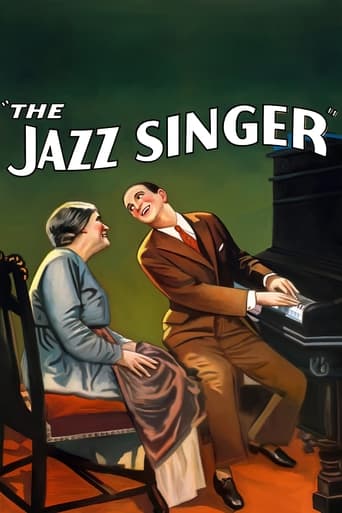
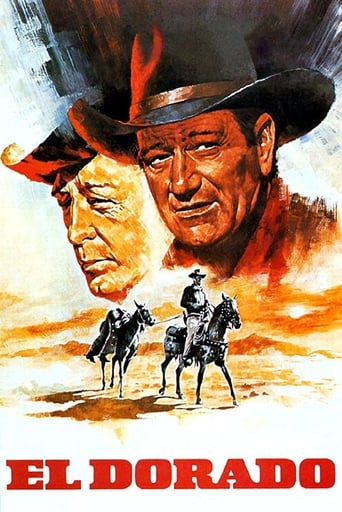
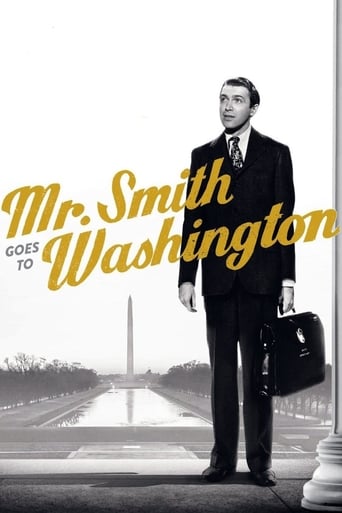
Reviews
Too much of everything
Such a frustrating disappointment
Good story, Not enough for a whole film
There's no way I can possibly love it entirely but I just think its ridiculously bad, but enjoyable at the same time.
At its longest running time, "Dr. Mabuse: The Gambler" is almost five hours long, and it really overstays its welcome. Long movies should be epics, spanning many years, accompanied by stirring music. This movie is just a crime drama taking place over a matter of weeks, perhaps months. It might have been more palatable had it been presented today as a television series, divided into weekly segments of forty minutes each, allowing for commercials, but just barely.When the movie begins, our credulity is strained by the elaborate conspiratorial network that has been set up to do what could have been done in a simple, straightforward manner. For example, when Dr. Mabuse, the mastermind of a criminal organization, wants to meet secretly with one of his henchmen, does he just have the guy come over to his apartment where they can talk in private? It would seem reasonable enough, inasmuch as Mabuse's henchmen can often be found at his apartment where he gives them instructions. But no! Mabuse puts on a disguise and pretends to have an automobile accident with his henchman, who then offers his car to Dr. Mabuse, as if he is just giving him a lift out of courtesy. Inside the car, Mabuse then gives his henchman the secret instructions. And how did they arrange to have this accident at just that time and at just that intersection, you ask? Why, they probably discussed it over at Mabuse's apartment the day before.The point of the secret meeting in the automobile has to do with the creation of a panic in the stock market concerning a stolen trading agreement between nations, allowing Mabuse, in disguise, of course, to sell high and then buy back low when the trading agreement is found, still sealed, just as Mabuse planned. That might have been interesting, had not the whole thing been rendered silly by the automobile accident nonsense.Before going over to the stock exchange, Mabuse, in another disguise, goes over to a secret apartment where he has a counterfeiting operation going on. Does he keep the key in his apartment until he needs it? Of course not. He has a woman sit outside the apartment with the key hidden in a ball of twine, which he extracts when he wants to go inside. Once in the apartment, we find five blind men counting the counterfeit money and putting it in bundles. They are never allowed to leave the place, and since they are blind, they don't know who it is that runs the operation. We never see the money being printed, just counted. Perhaps it is being printed in another room by five deaf men who cannot hear Mabuse's voice and thus do not know who runs the operation.You might think that between these market manipulations and counterfeiting operations, Mabuse has all the money he needs, but as we later find out, money is not Mabuse's ultimate motive. He does not want money so that he can live in comfort and luxury. In fact, he cares nothing about happiness, and indeed, his moods range from morose to grouchy to angry. What he wants is power, of which he can never get enough. Money is simply one manifestation of his power. Another is his ability to manipulate people. Finally, toward the end, he says he regards himself as a state within a state, with which he is at war.Regarding his desire to manipulate people, we discover a new aspect of the movie that makes the counterfeiting and stock market machinations almost seem realistic by comparison. It turns out that he has mesmeric powers so great that he can compel people to do things from across the room simply by concentrating his gaze. Such are his powers that he compels several people to commit or attempt suicide. Also, his mental powers enable him to create illusions. In one case, in a different disguise, he puts on a performance displaying such skills, which includes making the entire audience see people emerge from a desert and enter into the aisle, only to vanish before their eyes. I found myself saying, "Mabuse gestures hypnotically," in allusion to "Mandrake, the Magician," a comic strip I never cared for.At one point in the movie, another motive arises for Mabuse, lust for Countess Told. He kidnaps her and takes her to his apartment, but she keeps refusing his advances, saying she wants to return to her husband. As an act of revenge, Mabuse compels her husband, Count Told, to slit his throat with a razor. Why Mabuse didn't just use his mesmeric powers to make the Countess get naked and hop in bed, I don't know. Prosecutor von Wenk finally figures out that Mabuse is the evil super villain behind all the bad things that have been happening. He gets an armed force together to arrest him, leading to a big shootout. But it doesn't make sense that Mabuse would resist being arrested, because he could mesmerically compel the judge and jury to find him innocent, or, in a pinch, compel the guard to open the prison doors and let him go. And then he could gesture hypnotically to make it appear that that he was still in his cell.I guess the people who made this movie realized that Mabuse's powers could exceed any brought against him by the state, so they stooped to a deus ex machina. They made Mabuse go mad, seeing ghosts of those whose deaths he was responsible for. Reduced to a blithering loony, he is carted off to jail, or, as we find out in the sequel, to an insane asylum.
I'm attempting to watch every film noir I can get my hands on in historical order, and this was supposedly the very first proto-noir. But after four hours of this I'm tempted to cancel the whole project. I'm sure students of silent German dramas will have tons of amazing insight about this film to share with you, but for me I just prefer concise stories and don't care much for characters with magical powers. It certainly did have it's memorable scenes and visuals but not enough to carry the story and keep me engaged. I will give Lang credit for the eccentric gang of characters he created who made up Mabuse's entourage, and in his future films he would take the best out of this experiment and leave out the rest.
This film, like many of Fritz Lang's best efforts, mixes pulp fiction, realism, fantasy and social comment, in this case to adapt to the screen Jacques Norbert's serial novel about a diabolical mastermind (Rudolf Klein-Rogge) who can destabilize the national economy by manipulation of the stock market, operate an underground counterfeiting ring manned by blind slaves, hypnotize card players into losing all of their money to him and even engineer a mass hallucination. He changes his identity for every caper via costumes, wigs, prosthetics and fake facial hair. He has in his employ an army of henchmen from slum denizens and cutthroats to a celebrated follies dancer whom he uses as a lure for wealthy victims. And for what? His purpose in life is to "play the game" and undermine his opponent's will. At one point he states that there is no such thing as love, only lust and the will to power (or, as some interpretations go, the will to possess what one desires). When state prosecutor Von Wenk (the sturdy Bernhard Goetzke) launches an investigation into this one-man crime wave his pursuit covers the social spectrum from the dives and gutters of the underworld to the palaces of the nobility.The film is beautifully designed and photographed and organized into scenes and acts. Each scene is a story unto itself. This structuring helps provide a centering or equilibrium for the viewer amidst the cascade of events and characters.Among Mabuse's victims: A bored countess (Gertrud Welcker) who frequents the illegal gambling houses to observe the reactions to wins and losses on the faces of the players so that she can vicariously experience passion. She longs for an adventure the likes of which she can never experience at home with her wimpy husband who spends his time tinkering with antique art objects. Little does she know that she is about to be plunged into the adventure of her life.Another young beauty, this one a prominent cabaret performer (Aud Egede Nissen), has fallen under the spell of Dr. Mabuse, lives in an apartment adjacent to his hotel suite and serves as bait for unsuspecting victims like the wealthy young Edgar Hull (the not-so-young Paul Richter), who is milked of his fortune by Mabuse.No one can defy Mabuse. He seems to be everywhere and know everything, so that if you dare betray him you are as good as dead. This terror ensures his gang's devotion. The similarities to Hitler (or any totalitarian leader with secret police tentacles reaching far and wide) are obvious and this film has been cited often as a foreshadowing of the Hitler era. Part 2 is even subtitled "a story for our time." The notion of conspiratorial forces operating behind the scenes was on the German mind when this film was made.There are many startling parallels between MABUSE and the 1920 classic THE CABINET OF DR. CALIGARI, an interesting fact considering the legend that Lang was involved in the conceptual stage of CALIGARI. Both stories feature a spooky doctor with hypnotic powers who spreads evil through the land. In both films the identity of the central evil character changes: Dr. Mabuse assumes many disguises; Dr. Caligari remains himself until he appears as a psychiatrist at the end. The sign on Mabuse's door reads "Psychoanalyse." Caligari's somnambulist predicts a man will die within hours; Mabuse hypnotizes a man into driving himself over the bank of a canal. The villains even visually resemble each other in both films: Mabuse often wears white fright wigs and high hats reminiscent of Werner Krauss's look in Caligari. MABUSE operates on a wider canvas than CALIGARI. Whereas Caligari's only instrument is his somnambulist slave, Mabuse operates an extensive network of henchmen. At the climax of both stories a word ("Caligari"/"Melior") is animatedly superimposed over the screen action to intensify the impact. The whole of CALIGARI is designed expressionistically; expressionistic sets are used minimally and subtly in Mabuse but the subject of expressionism is briefly discussed in one scene wherein Mabuse describes it as "another game" or words to that effect. The expressionism in CALIGARI is all-encompassing; in MABUSE it is under control, part of a larger design. In both films there are scenes in prison cells. In both films a beautiful young woman who has fainted is carried off and then liberated. In the Kino edition of MABUSE there is one apparent technical glitch: a car chase near the end starts at night and suddenly flips to daylight with no sense of transition. If this was Lang's idea of "day for night" shooting, he overshot the mark hugely.On display here is Lang's penchant for mixing exotic pulp, unadorned realism, and pure fantasy. In MABUSE it is the doctor's magical hypnotic powers that stretch and finally break credulity, woven as they are into an otherwise naturalistic crime melodrama. This mixture of the fantastical and the ordinary occurs in all of Lang's 1920's work, right through WOMAN IN THE MOON (1929). Only with M (1931) does he begin to abandon fantasy and concentrate on social issues, whereupon he steered clear of pulp and exotica until late in life when he returned to the genre in the late 1950s with his India trilogy. But by that time film audiences had long outgrown the conventions of the 1920's. And so ended Lang's career. But the sheer scope and expert execution of this film under the conditions that prevailed in Germany in 1921-22, supervised by a man barely 30 years old, is quite an achievement and should be seen.
Fritz Lang's first masterpiece, a four & a half hour double-feature with hardly a moment wasted, has been restored to stunning effect. (WARNING: In the KINO DVD edition, you MUST lower the contrast & brightness levels to reveal the full grey scale.) On one level, this is simply a far-fetched, but smashingly entertaining detective drama about Mabuse, a criminal mastermind who shows up in more disguises than Alec Guinness in KIND HEARTS & CORONETS to counterfeit, manipulate the stock exchange, kill personal rivals, run the drug racket and generally lord it over the pursuing police force of the modern city. If Part One offers a more devastating look at the perilous world that was Weimar Germany, there's still plenty of action & schemes left for Part Two. In MABUSE, Lang manages, more than he would in METROPOLIS, to hold all the expressionist elements (design, acting, story construction) in perfect balance. The dynamism for an early '20s pic, (before the era of easy camera movement) is simply phenomenal. And where else will you find an inter-title as glorious as: 'Eat some cocaine, you weakling!'
Top Streaming Movies











